Beginner Responsive Yoyos
Most Popular Beginner Yoyos
Beginner Responsive Yoyos
Most Popular Beginner Yoyos
Professional Unresponsive Yoyos
Most Popular Unresponsive Yoyos
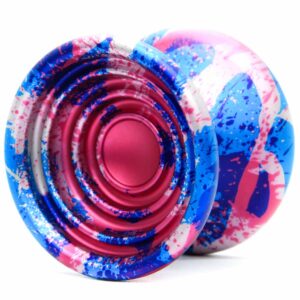
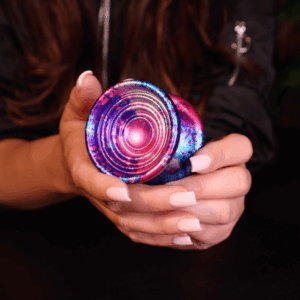
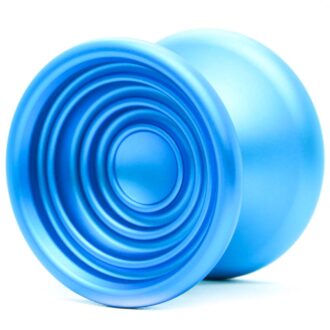 Blue
Blue
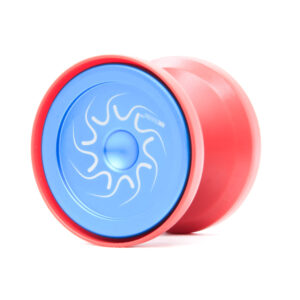
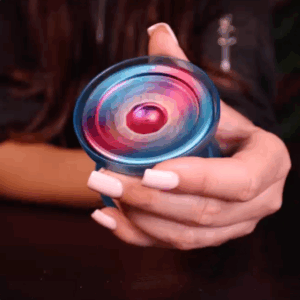
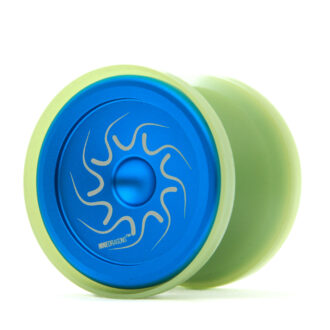 Aqua Glow
Aqua Glow
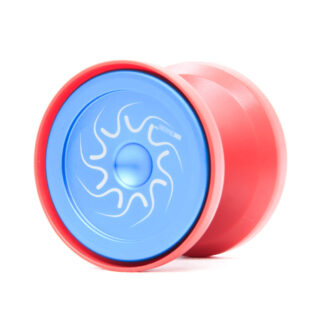 Aqua Red Matte
Aqua Red Matte
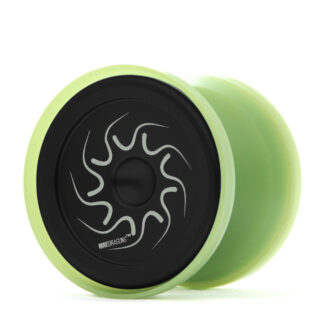 Black Glow
Black Glow
Alternative Yoyos
Most Popular Alternative Yoyos
Yoyo Accessories
Most Popular Yoyo Accessories
 Blue
Blue
 Brown
Brown
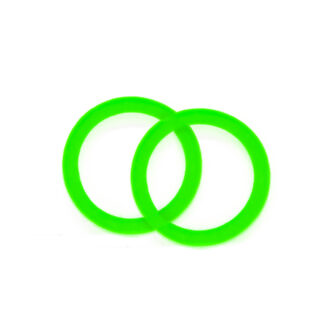 Green
Green
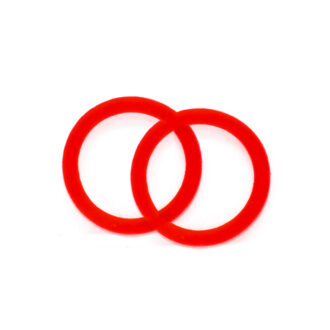 Red
Red
 White
White
 Yellow
Yellow
Skill Toys
Most Popular Skill Toys
Yoyo Clothing
Most Popular Yoyo Clothing
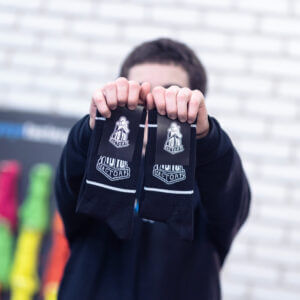
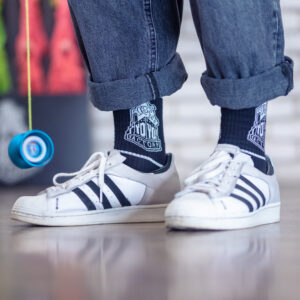
 Special Deals
Special Deals
Special Deals
Most Popular Special Deals
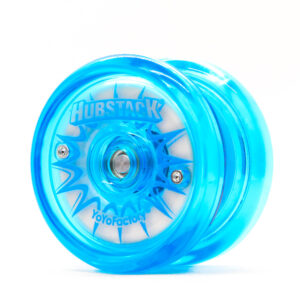
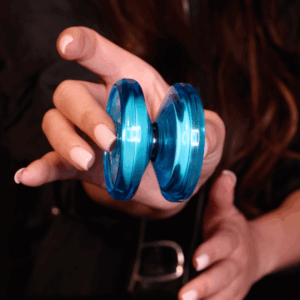
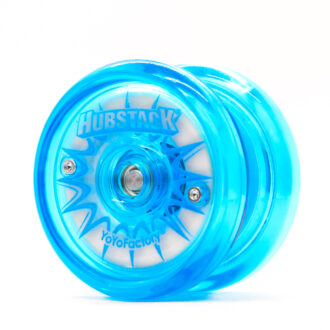 Blue
Blue
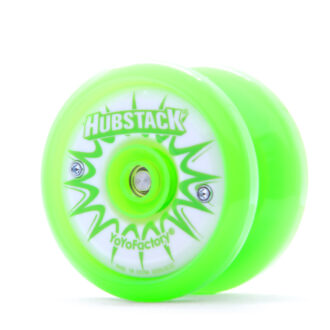 Green
Green
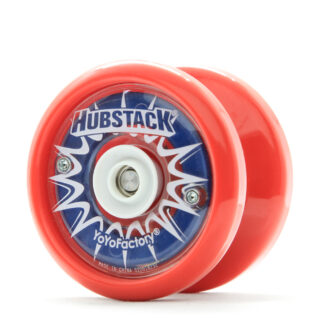 Red
Red
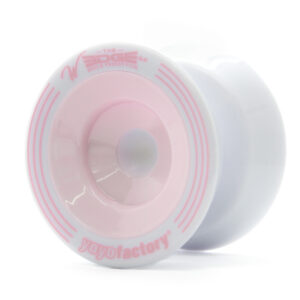
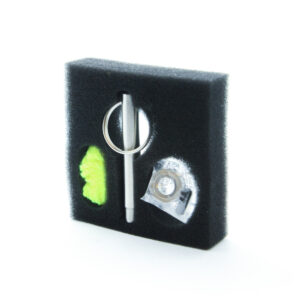
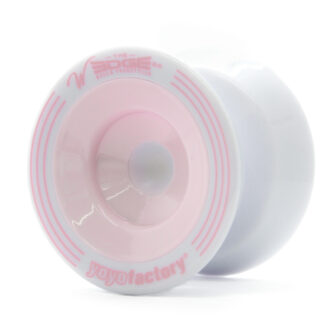 White Pink
White Pink
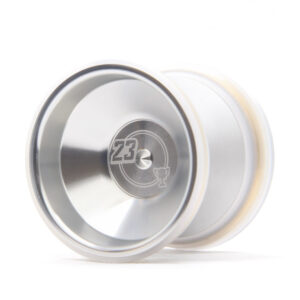
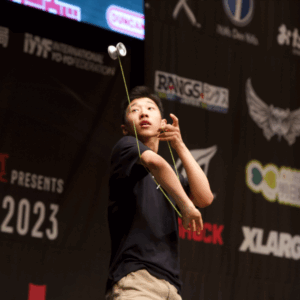
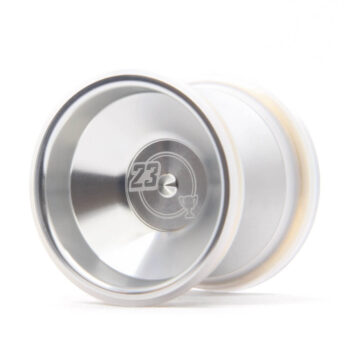 Silver
Silver
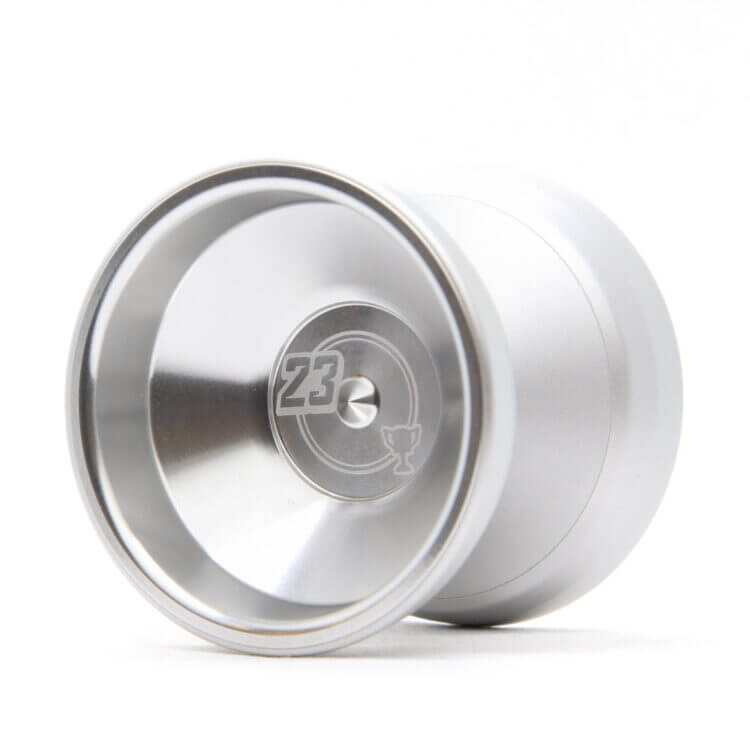 Silver (Aluminum Rim)
Silver (Aluminum Rim)
Want longer spin time and smoother yoyo play? The best yoyo bearings are key to unlocking better tricks and play. Shop all YoYoFactory Europe ball bearing yoyos for responsive and unresponsive play.
Showing all 4 resultsSorted by popularity
Professional ball bearing yoyos are designed for speed, stability, and long spin time.
Did you know YoYoFactory’s best yoyo bearings have been tested by professionals and trusted by champions worldwide?
Not sure what you need?
The bearing is the essential element that distinguishes the old classical yo-yo from the modern freestyle yoyo.
Thanks to the bearing, the yoyo can spin much longer at the end of the string, and this has enabled the development of much more challenging and complex tricks.
Why? To make your bearing last longer, it’s recommended to lubricate it. However, lubrication reduces spin time and can make an unresponsive yoyo responsive (return with a tug).
Most players prefer dry bearings for advanced tricks. To achieve this, clean or degrease the bearing using technical gasoline or lighter fluid. A dry bearing spins longer and remains fully unresponsive.
When? Over time, dust, string fibers, or metal particles can get inside the bearing, causing noise, rough spin, or even jamming. If this happens, clean the bearing. You can test it by spinning it with your finger. If the bearing stops after only a few seconds, it needs cleaning.
Ball bearing maintenance is essential to keeping your yoyo performing its best. A yoyo with bearings should be cleaned whenever your bearing does not perform well, gets too loud or becomes responsive.
Check our guide to learn How to Fix Yoyo Ball Bearings easily at home. Here is a brief guide:
Removing the Bearing
Bearing Cleaning
Do you want a smooth, quiet spin and longer bearing life?
The yoyo may play little too responsive after using oil. Only apply few drops and play yoyo for a while, the performance will improve later.
As standard, bearings of sizes A, C, D are used in yoyos.
In addition to width, thickness is also important for the bearing.
No account yet?
Create an Account